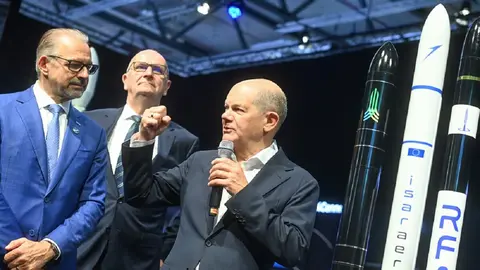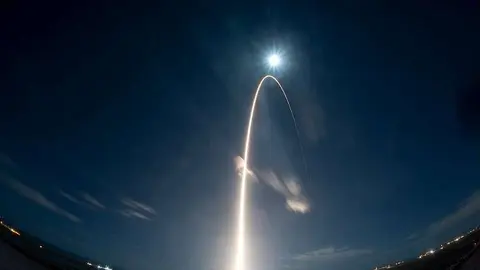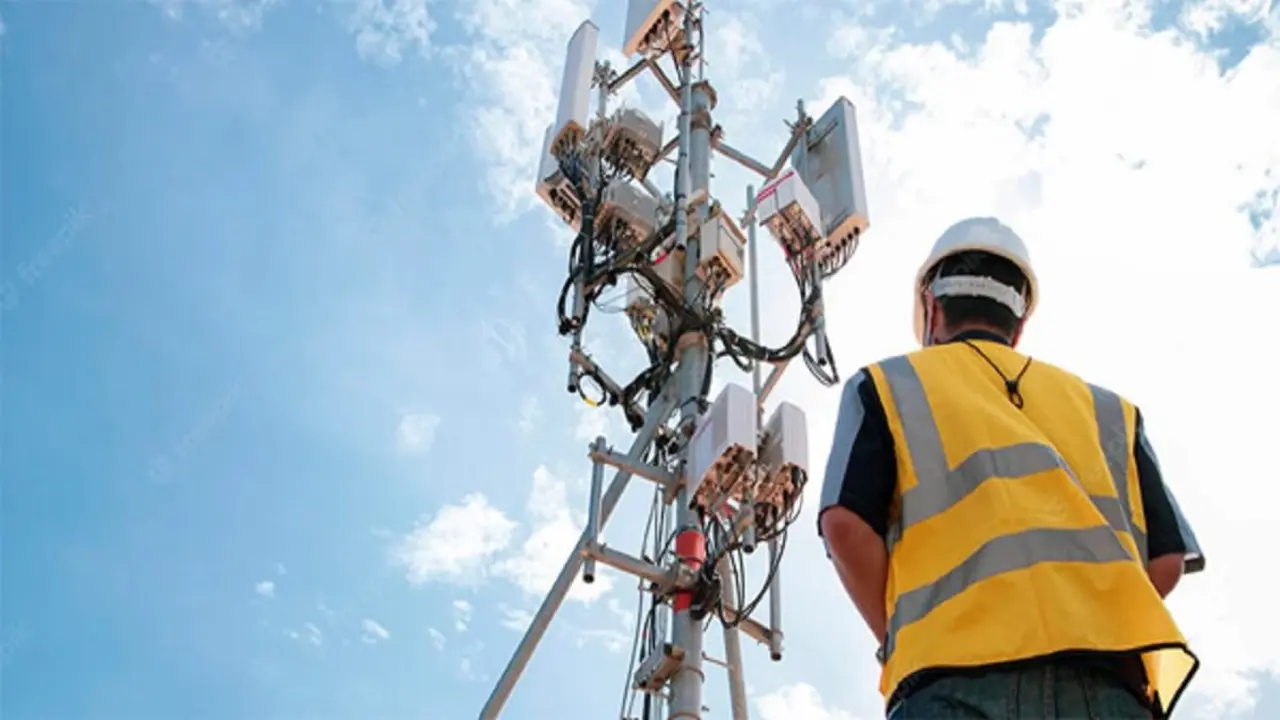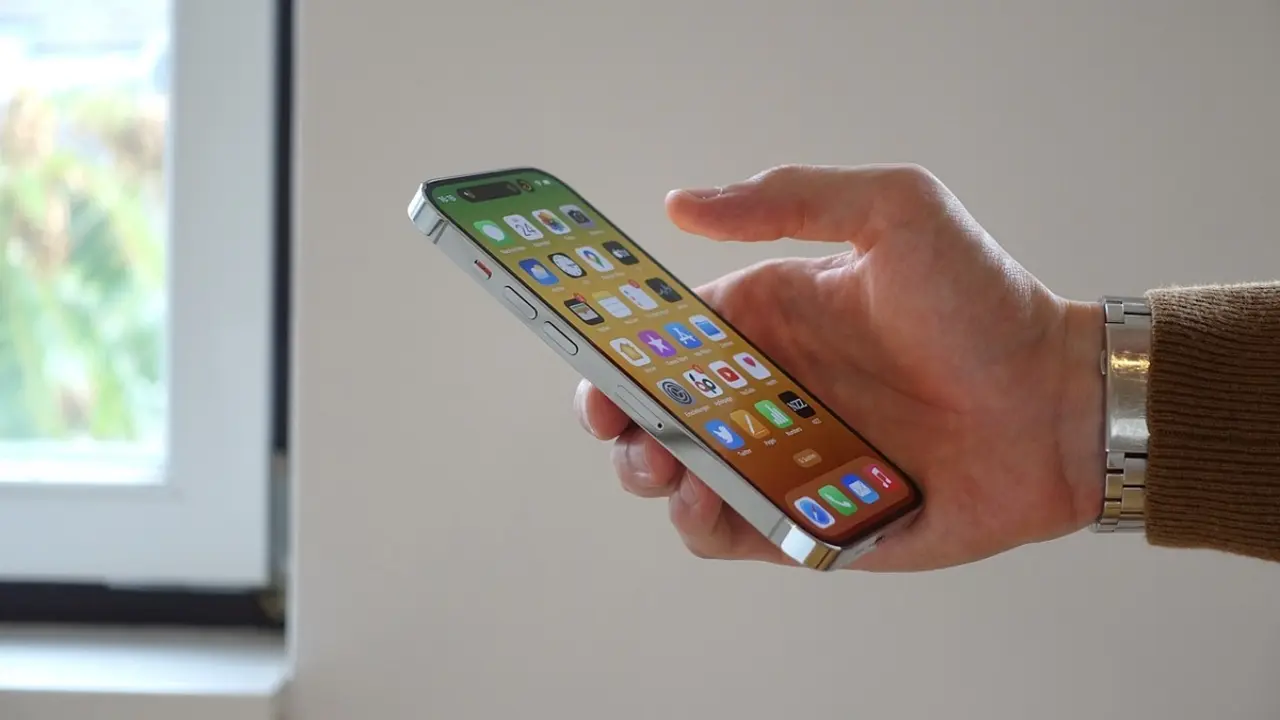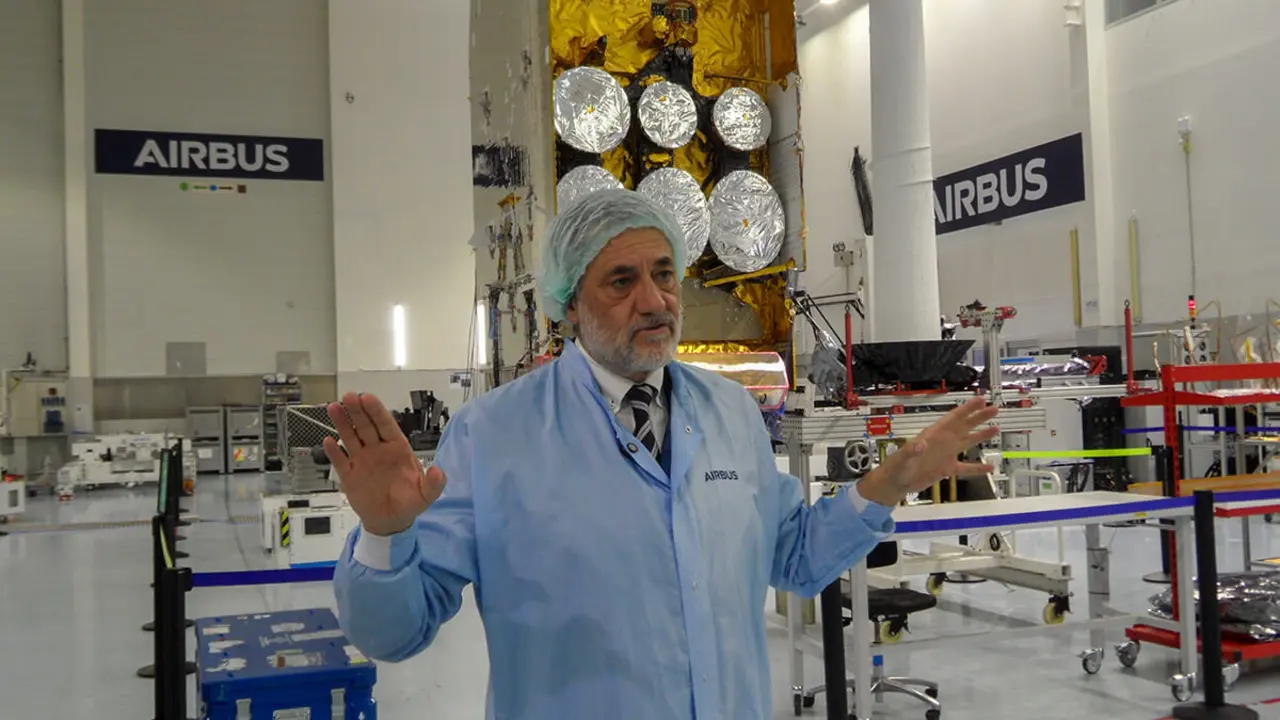United States, Russia and Europe launch the global astronautical course 2024-2025
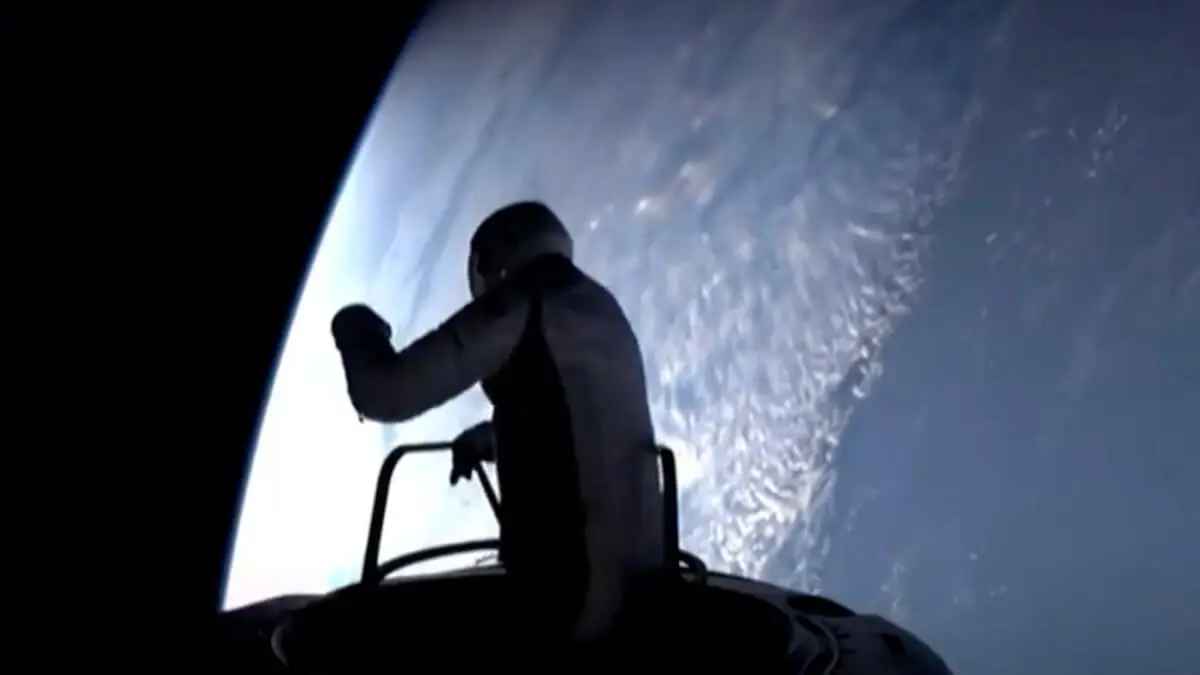
- Longest distance from Earth ever reached by humans
- Vega, the annihilator of the Spanish Ingenio satellite
The international space year 2024-25 kicked off in the first half of September with a trio of major space milestones.
One of the three has had the greatest media coverage worldwide, while the other two have important consequences for the industrial sector. In Spain, it coincided with the end of the summer holidays, the general return to work and the start of the school calendar in schools, faculties and universities in the different Autonomous Communities.
The one that has undoubtedly captured the most attention from the media and people from all corners of the planet is the private mission Polaris Dawn, which, in marketing terms, has been advertised as the ‘first commercial space walk at high altitude on Earth by a man and a woman who are not professional astronauts’.
In reality, the feat captained and paid for with several hundred million dollars by American billionaire Jared Isaacman, 41, a sports aviation and spaceflight enthusiast, and his flight partner, engineer Sarah Gillis, 30, was not strictly speaking a spacewalk, which in astronautical jargon is called an EVA, an acronym for extra-vehicular activity.
What both Isaacman and Gillis have done, without taking any credit for it, has been to get their heads and half a body outside the spacecraft, which has taken them far beyond the International Space Station (ISS). Jared Isaacman was partially outside the capsule for ‘just under 8 minutes, when the Dragon spacecraft was at an altitude of 732.2 kilometres’. Sarah Gillis then occupied her boss's observation post for ‘just over 7 minutes, with the capsule already below 600 kilometres’, SpaceX confirms.
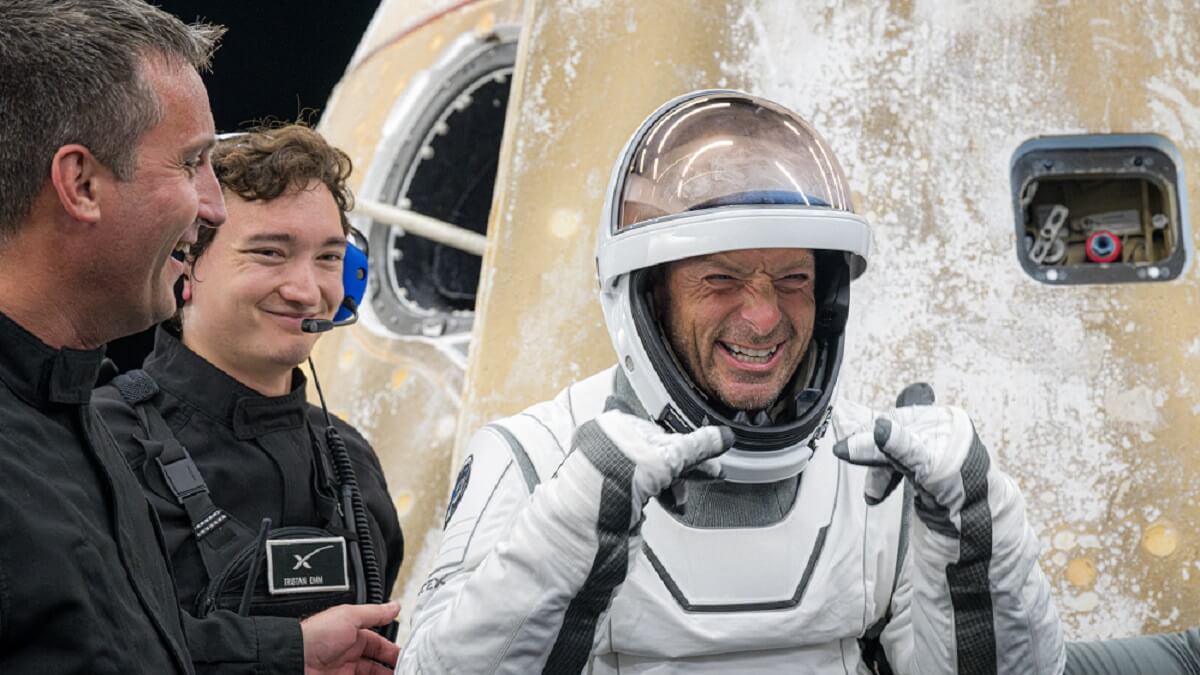
Longest distance from Earth ever reached by humans
Of course, they were both encased in cosmic radiation- and micrometeorite-proof suits and were breathing oxygen supplied by a kind of umbilical cord that served as their lifeline. Earlier, the SpaceX Dragon capsule in which they had taken off from Cape Canaveral on 10 September had reached ‘an altitude of 1,408.1 kilometres, the furthest any human has ever travelled’.
The other two crew members, fighter pilot Lieutenant Colonel Kidd Poteet and physician Anna Menon, aged 50 and 38 respectively, had to make do with observing the earth from inside the capsule. In total, until splashdown in the waters of the Gulf of Mexico on 14 September, ‘the mission took four days and 22 hours’, says Elon Musk's company. One of the achievements of Polaris Dawn is to have broken the record of 1,373 kilometres altitude achieved in September 1966, 58 years ago, by the two astronauts of the Gemini 11 mission.
The second important milestone occurred a few days before the departure of Polaris Dawn, on 5 September, when the latest Vega launcher, manufactured by the Italian company Avio, lifted off from the space centre in French Guiana. At 30 metres tall and capable of delivering up to 1.4 tonnes into orbit, Vega leaves the space market with the final satisfaction of having delivered the Sentinel-2C environmental observation satellite of the European Union's Copernicus constellation into orbit.
But Vega says goodbye with the frustration of having failed to capture any succulent slice of the big small-satellite market pie. Elon Musk's Falcon 9, which offers a better price, far greater reliability and shorter waiting time between flights, has taken over. The inaugural launch of Vega - short for Vettore Europeo di Generazione Avanzata - dates back to February 2012 and in the 12 years it has been in service it has travelled into space just 22 times, giving an average of less than two flights per year.
When development of Vega began in the late 20th century, the European Space Agency (ESA), the Italian space agency (ASI), the company responsible for its commercialisation - France's Arianespace - and its prime contractor, the Italian aerospace company Avio, were confident that Vega would be able to attract space agencies and research centres from all over the world eager to launch one or more of their small spacecraft at the same time. Nothing could be further from the truth.
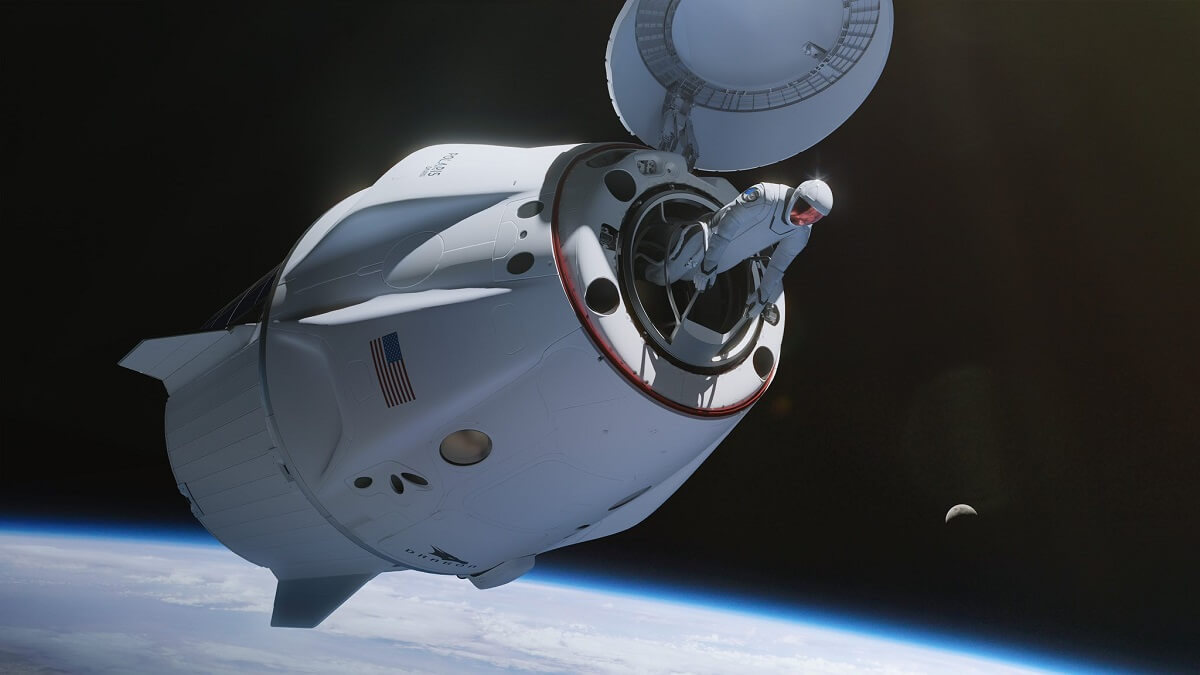
Vega, the annihilator of the Spanish Ingenio satellite
Vega's main customers have been ESA and the European Union, committed to launching its devices on European rockets whenever possible. However, the Italian rocket has also served governments of non-European countries, but only when the manufacturers were Airbus, Thales Alenia Space or Telespazio and government-to-government agreements were in place. This has been the case, for example, with Kazakhstan (KazeoSat-1), Peru (PeruSat-1), Turkey (Göktürk-1A), Morocco (Mohammed VI-A and B) and the Union of Arab Emirates (Falcon Eye-1).
A serious failure of Vega is responsible for the destruction of the Spanish observation satellite Ingenio and its French companion, the scientific platform Taranis. It occurred on 17 November 2020, during the rocket's ascent flight. The cause of the disaster was a human error in the assembly of the electrical wiring of the upper propulsion stage. Five months earlier, the second propulsion stage of another Vega had exploded, shattering the UAE's Falcon Eye 1 spy satellite.

Fortunately, the last Vega mission was successful and positioned the 1,143 kg Sentinel-2C environmental observation satellite, built by Airbus Defence and Space and part of the European Union's Copernicus constellation, 775 km above the Earth. Measuring 3.4 x 1.8 x 2.35 metres, Sentinel-2C is due to replace Sentinel-2A, which has been in space since June 2015, also thanks to the good offices of a Vega.
But Vega is not saying goodbye, it is evolving. Italian expertise has been poured into the higher-performance Vega-C, which is already a reality. Between the development of both, ‘ESA has invested more than 2 billion euros, most of it from the Rome government's budget,’ says the Agency. Vega-C has flown twice to date, but the second time it exploded during ascent and lost the two Pleiades Neo 5 and 6 satellites it was carrying. It has been in overhaul since December 2022 and is scheduled to return to flight at the end of November with the European Union's Sentinel-1C radar satellite.
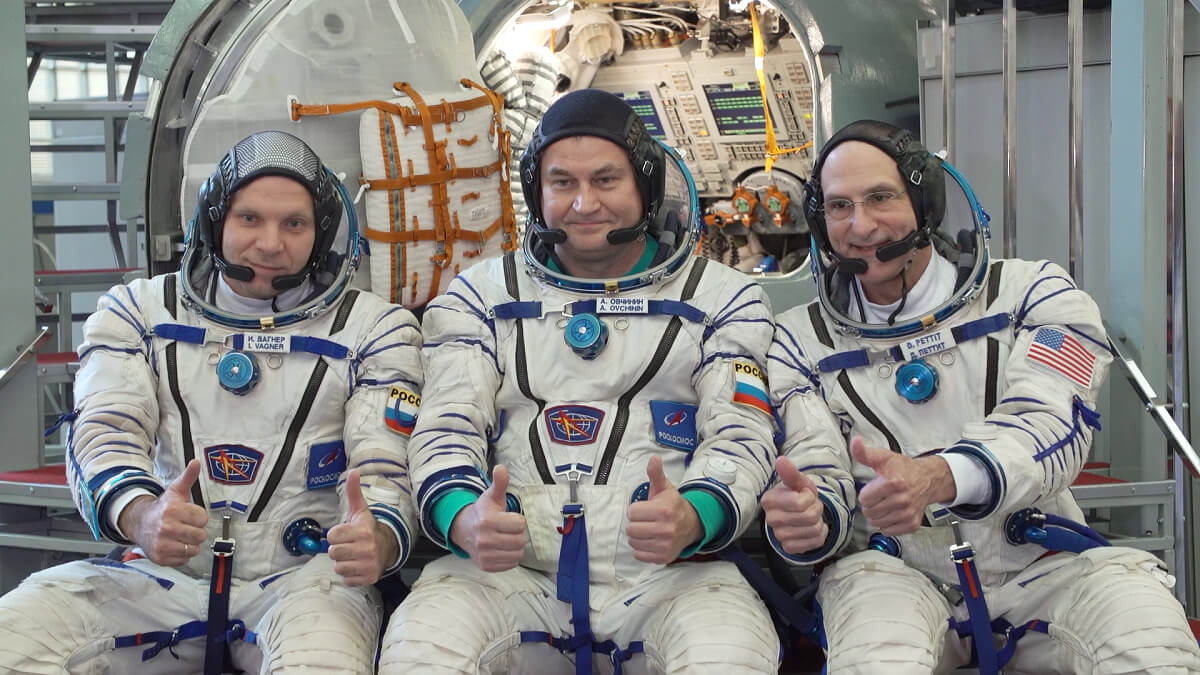
The third success story of early September is the mission of the Russian manned capsule Soyuz MS-26 to the ISS. It was launched into space on 11 September from the Baikonur Cosmodrome by a Soyuz-2 1a rocket, an upgraded version that has accumulated 168 firings since its inaugural launch in November 2004 and has a success rate of 96.4%.
On board was the 72nd long-duration expedition, consisting of military pilot and cosmonaut Aleksey Ovchinin, 52, accompanied by American astronaut Donald Pettit, 69. This is the fourth time they have been in orbit, but the third occupant, 39-year-old Russian astronaut Ivan Vagner, is not. They will return to Earth next spring.


